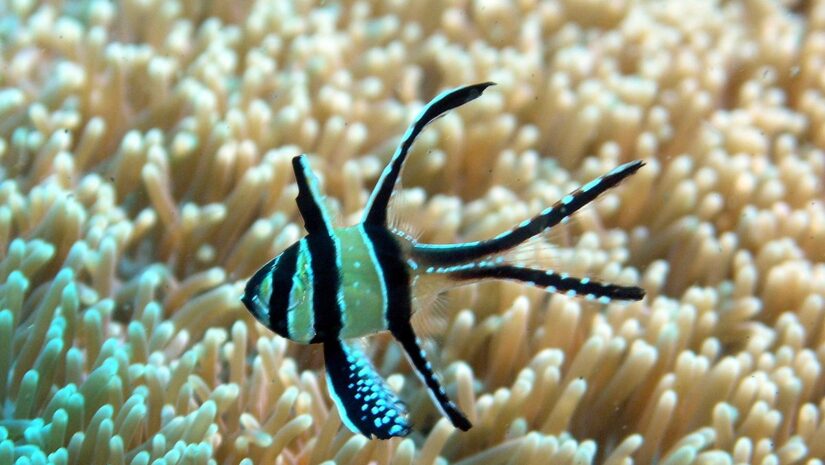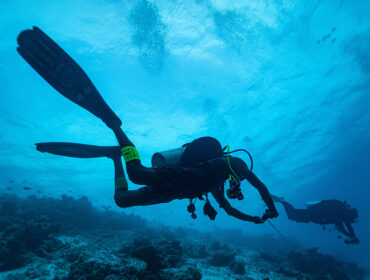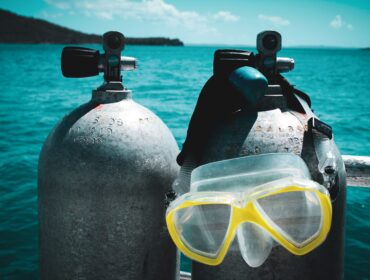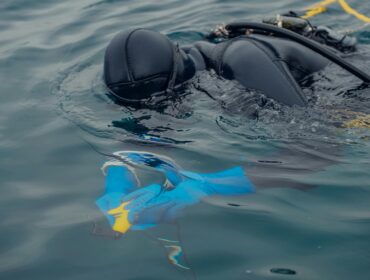Coral reefs are complex submarine ecosystems, but corals are the primary species that make up these astounding constructions and underwater forests. Because so many marine animals and plants rely on coral reefs for their homes, hunting grounds, or nutrient bases, such as secondary aquatic plants and algae, coral health is key. In addition to many environmental factors, several creatures prey on living coral purposefully or indirectly. This article will explore the five most intensive coral predators and provide additional background.
Parrot Fish
While these colorful fish technically eat algae that would otherwise suffocate coral populations, they also eat coral polyps. When a reef is distressed, this regular feeding activity, which involves biting off the polyp heads and crushing them for the algae within, becomes a detriment to the overall health of the reef.
Butterfly Fish
These brilliant reef dwellers feed on a variety of different corals, including the branching or fronting types. Butterfly fish inhabit reefs around the world and manifest in several brightly colored varieties within the species. They are intensely territorial of a defined feeding and breeding ground, which helps scientists determine which varieties feed on respective coral types.
Crown of Thorns Starfish
By far, the most visible and monstrous-looking species that threatens to destroy coral reefs, especially in the Gulf of Mexico and Great Barrier Reef, is the crown of thorns starfish. Populations have exploded in recent decades due to environmental factors that favor their growth, even as they weaken coral species. This means the difficult-to-kill spiny starfish is left leisurely to feast on defenseless polyps, spreading from reef to reef as an invasive predatory species.
Sea Slugs
The more extensive categorization, Nudibranches, comprises several distinct species of sea slugs. These slugs secrete toxic slime that kills or damages polyps, preparatory to feasting upon the distressed reef builders. While we can lump these species together in a bigger general group, they are nonetheless distinct species—variations on a common genetic template. Each of these species alone is a part of a larger group of creatures that prey on living coral, but together, in concert with environmental instability, they may spell doom for the reefs.
Humans
Look through any seaside gift shop, and you’ll likely see jewelry and trinkets of all kinds made from once-living coral. While collecting coral is typically illegal or frowned upon in most places, humans are still one of living coral’s biggest predators for little reason other than our amusement. The only exception to this is the collection of coral for medicinal studies.





